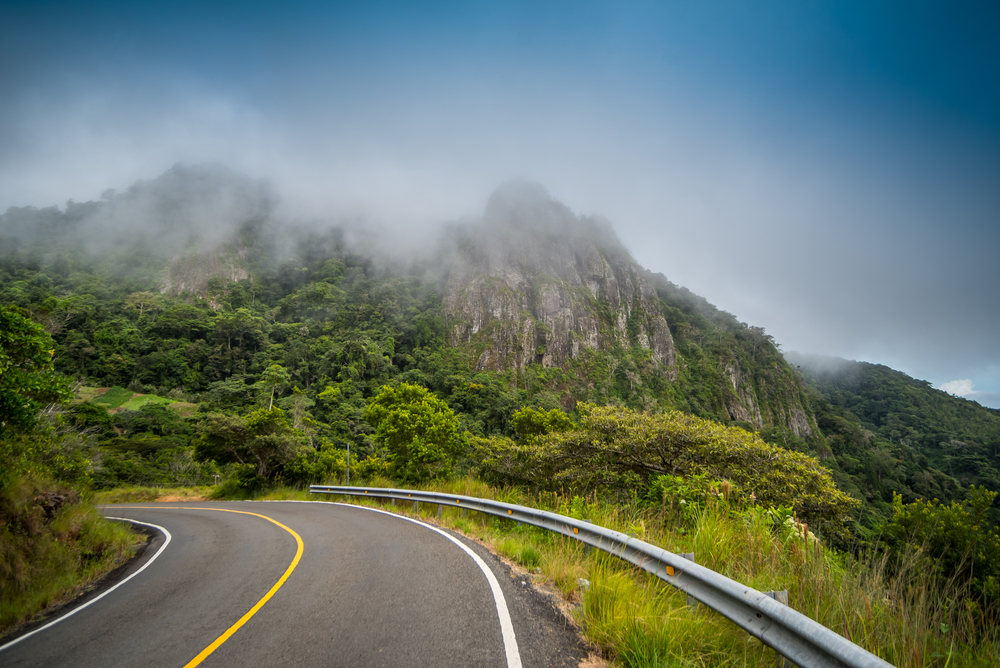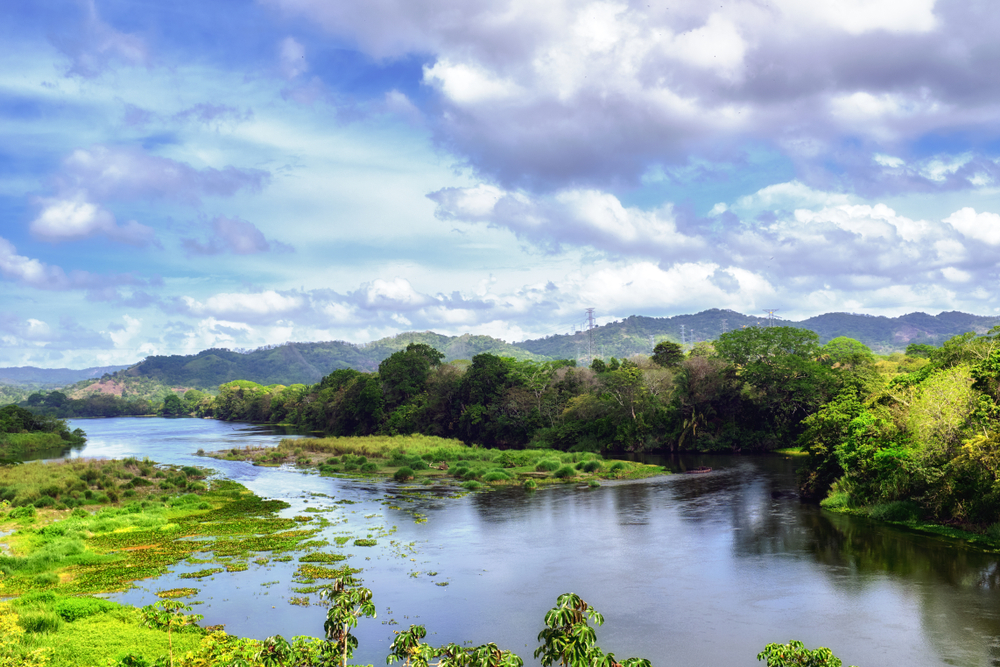Coiba Overview
Coiba National Park, known locally as Parque Nacional Coiba, is a biodiverse marine and terrestrial paradise located off the Pacific coast of Panama in the Gulf of Chiriquí.
Covering approximately 1,046 square miles (2,700 square kilometers), this UNESCO World Heritage Site encompasses Coiba Island, the largest island in Central America, along with 38 smaller islands and the surrounding marine areas. Due to its remote location and history as a former penal colony, Coiba has remained largely undisturbed, allowing its ecosystems to flourish. The park is characterized by lush rainforests, expansive mangroves, coral reefs, and pristine beaches, making it a haven for a diverse array of wildlife.
The terrain of Coiba National Park is dominated by dense tropical forests, rolling hills, and rugged coastal cliffs. The island’s volcanic origins contribute to its unique landscape, with elevations rising up to 1,394 feet (425 meters) at Cerro Torre. The interior is covered in thick, old-growth forests that remain largely intact due to the island’s isolation.
Along the coast, visitors encounter dramatic rocky shorelines interspersed with white and golden sand beaches. Surrounding waters feature vibrant coral reefs and deep-sea drop-offs, making the park an essential part of the Eastern Tropical Pacific Marine Corridor, which connects the Galápagos Islands, Cocos Island, and Malpelo Island. The extensive mangrove systems along the park’s shores serve as nurseries for marine life and provide crucial habitat for coastal species.
Coiba National Park is one of the most important refuges for endangered and rare species in the region. The forests are home to the Coiban howler monkey, a subspecies found only on the island, along with white-faced capuchins, agoutis, and ocelots. The park is also a critical habitat for jaguars, which are rarely seen but roam the denser parts of the island.
Reptiles such as the American crocodile and green iguanas thrive in its wetlands and coastal areas. Birdwatchers flock to Coiba for its diverse avian population, including the endemic Coiba spinetail, along with scarlet macaws, king vultures, and crested eagles.
The marine biodiversity is just as impressive, with whale sharks, hammerhead sharks, manta rays, sea turtles, and dolphins frequently spotted in the surrounding waters. Humpback whales migrate through the area from July to October, providing unforgettable wildlife encounters.
Visitors to Coiba National Park are drawn by its extraordinary natural beauty and opportunities for adventure. Snorkeling and scuba diving are among the most popular activities, as the park’s waters host some of the most pristine coral reefs in the eastern Pacific. Coiba’s dive sites, such as Granito de Oro and Bajo Piñón, are teeming with marine life and are known for encounters with large pelagic species.
Kayaking through the mangrove channels offers a peaceful way to explore the coastline, while guided hikes through the island’s forests reveal its rich biodiversity. Sportfishing is another major attraction, with opportunities to catch species such as roosterfish, marlin, and tuna.
The park faces conservation challenges, including illegal fishing and the impact of climate change on its marine ecosystems. However, its protected status and ongoing conservation efforts have helped preserve its biodiversity.
Strict regulations, including limited tourism infrastructure and enforcement of marine conservation laws, have been successful in mitigating human impact. As one of Panama’s most important natural reserves, Coiba National Park remains a pristine and vital sanctuary for both terrestrial and marine life.













































































